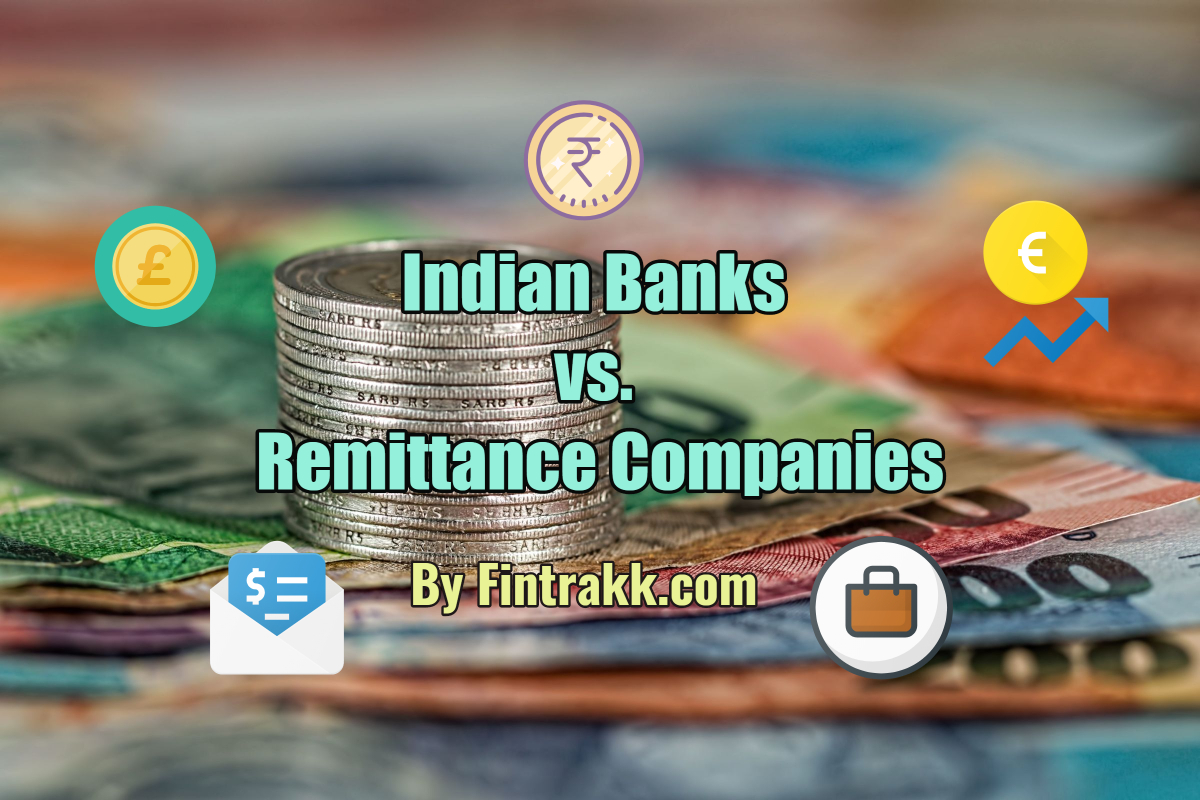Economically, times have never been better in India. In recent quarters, our GDP has advanced as much as 8% on an annualized basis. Business is booming – as such, companies have been hiring whoever they can find.
Some have come to India from places like Bangladesh in search of a better life. Of the 7.6 billion USD sent from India in 2014, 54% came from this neighbouring country. In 2017, expat Nepalese workers sent home 1 billion USD from India.
These workers save diligently so they can send as much cash as possible. However, an increasing percentage of them are using online remittance companies instead of Indian banks.
Curiously, our financial institutions don’t seem to mind. Why aren’t Indian banks competing with remittance firms? That’s the question we’ll explore in today’s blog.
Online Remittance Firms are taking India by Storm
For the longest time, Indian banks like SBI and PNB had remitters to themselves. However, the internet revolution, which has transformed countless industries already, is doing the same to cash transfers.
Firms like Xoom, WorldRemit, and Transferwise have grown like crazy in the 2010s. Take Transferwise, for instance – in 2010, this company was little more than an arrangement between two Estonian friends. By 2018, they were moving more than 4 billion GBP per month.
How are these firms finding so much success, so quickly? There are two main factors. One: They are leveraging the internet to keep their overhead costs low. Money transfer providers like WorldRemit don’t have tens of thousands of employees to pay, or loads of real estate to maintain.
And two: they are attacking the substantial profit margins banks have enjoyed for decades. Combine that with the scale that the internet provides, and they can make money without charging big fees.
Scores of online money transfer providers are now operating in India. A big reason – major Indian banks have offered them the opportunity of a lifetime.
Sending Cash Transfers through Indian Banks remains Expensive
Money transfer competitors are now chipping away at the market share of the banks. Even still, the cost of remitting money through the banks remains stubbornly expensive.
Now, exchange rates for nations like Pakistan, Nepal, and Bangladesh are hard to find online. However, the margin usually is, at minimum, 5% off the interbank, or the real rate of exchange. If you wanted to send 10,000 INR to Bangladesh, you’d likely get an INR/BDT rate of 0.88247.
On the other end, your family would get 11,332 BDT. Compare that with rates charged by more competitive money transfer firms. They offer rates much closer to interbank – usually within 1%. That means you would get an INR/BDT rate of 0.85234. In this case, your parents would get 11,732 BDT – that’s 400 BDT more. Whenever you can send more cash to your loved ones – that’s a win!
So, why are Indian banks pricier than the online transfer firms? As we already mentioned, they have employees to pay, buildings to keep up, and profits to deliver to shareholders.
Also, money transfer comprises only a small portion of their revenue. These financial institutions earn most of their income by extending loans to consumers & businesses. Money transfer firms don’t endanger those income streams, so they are not much influenced by remittance companies.
Foreign Financial Institutions aren’t Competing either
India-facing online remittance firms offer amazing deals to their customers. Given this fact, it’s curious that the banks here haven’t responded. Undoubtedly, financial institutions in Europe, the UK, and America have?
It would appear they haven’t. Whether we are talking about banks in Europe or America, all cost more when it comes to sending money.
UK banks aren’t as well, so let’s focus on the United Kingdom. From now until the end of December, they are in the Brexit transition period. Whilst they are officially out of the EU, they have 11 months to conform to regulatory changes.
In the face of this uncertainty, some Britons are hedging their bets. By sending cash offshore, they are keeping a portion of their assets safe from what might happen. Many are using online money transfer firms to remit money, as their rates are noticeably better than the banks.
Let’s illustrate this difference with an example. You have 50,000 GBP you want to move over to an Irish bank. So, you transport the sum through the Royal Bank of Scotland. RBS gives you a GBP/EUR rate of 1.14720. On the other end, you end up with 57,360 EUR.
Compare that with Transferwise. If you move 50,000 GBP through them, they’ll give you the GBP/EUR interbank rate of 1.20453. To make money, they charge a transaction fee of 0.37%. When your money lands in your Irish bank account, you’ll have 60,004 EUR, If you’re keeping score, that’s a gain of more than 2,700 EUR!
Save Money on Remittances
Despite being challenged by money transfer firms, big banks show little sign of concern. That’s OK – their disinterest is your gain. With multiple remittance options available, online rates are much better than what a regular bank offers.
Bottom line – your family back home gets more money for the same amount sent. How can you not love that!

